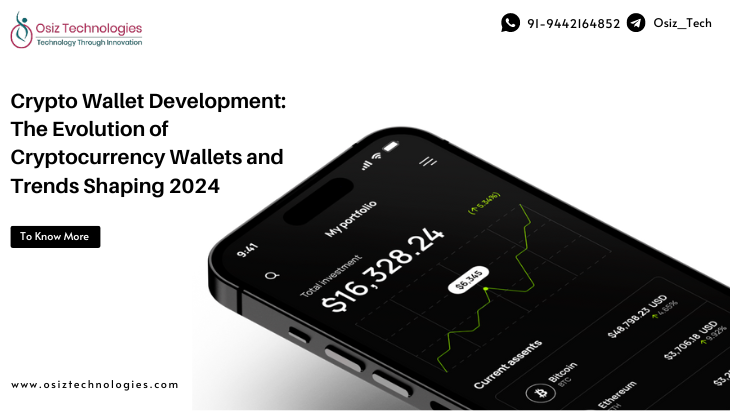About Hashbon
Hashbon framework - is a universal platform for effective building any applications or smart contracts, that work on top of live public blockchains: Bitcoin, Litecoin, Dash, Zcash, Monero and others. Framework will allow to store information on several blockchains simultaneously for better reliability in automatic and intellectual way, including the choice of blockchain that currently offers better fee for storing KB of data.
In addition, it will support all major APIs, like Blockcypher, Blocktrail, Blockchain.info etc with unified interface. So you can double-check information from different sources, for better reliability. Because using only one API creates centralization, which implies high risk for business.
After creating the multi-blockchain framework - we want to use it to implement business applications. We can build a lot of blockchain apps, that will be used for business. One of the important examples is the creation of digital ecosystem for relationship between shareholders and management of public companies. Developing the framework together with real business application will make the framework more demandable and useful.
The development of business applications on Hashbon Framework and into public companies will make them more attractive in the eyes of investors. Consequently it will create financial incentives for management to implement, since it will increase P/E and price of stock.
MISSION
In 2021, Hashbon brightly sparkles on the cryptocurrency market scene — burning the frames, limits and barriers like a FiRe. We are creating a multi-functional financial services ecosystem named Hashbon FiRe (Finance Reinvented). All Hashbon Rocket services are based on DeFi and expected to expand up to staking and lending. Hashbon’s users will be able to exchange tokens issued on different blockchains, create tokenized shares of companies through the network of oracles, take part in a crowdsale to invest in a new DeFi era Hashbon brings to the world economy.
Currently, the product brings together two blockchains: the Ethereum Blockchain and the Binance Smart Chain.
Further steps will include adding new chains (EVM-compatible blockchains
) such as Ethereum Classic, Matic, Fantom, Huobi Eco, xDai.
Features
- A fully decentralized cross-chain exchange (CDEX)
- HASH token as the cornerstone of HASHBON ROCKET is used for covering arbitrage fees and staking
- Hashbon Rocket supports EVM-compatible blockchains
- Swap fairness is insured by decentralized network of arbitrators
- Any HASH token holder is eligible for an arbitrator’s role – get an early-bird HASH
- HASHBON ROCKET is inside the Hashbon FiRe ecosystem (Finance Reinvented)
Technical Info
- A liquidity provider posts an offer in the contract
running on the BSC to swap tokens with set parameters and the amount of tokens to be exchanged is withdrawn
from the exchange service balance and credited to the contract balance
- The client finds the offer and places an order to purchase
the desired amount of tokens, all in the BSC contract
- The client creates a payment on the Ethereum Mainnet,
and their tokens are credited to the exchange service account
- The clients flags the order as paid on the BSC
- Arbiters compare the order to the corresponding
payment and decide to transfer the tokens purchased to the client as long as the payment has come through
- Based on the taken decision, Arbiters vote on
whether or not to transfer the tokens to the client, implementing a method in the BSC contract
- Once voting is over, the final voting transaction transfers the tokens to the client
Hashbon Roadmap
-
Stage 1
- Creating a blockchain framework that will work with Bitcoin, Ethereum, Dash, and others, as well as integration with services like blocktrail, matbea.net and others. MVP release.
-
Stage 2
- Development of business applications based on the blockchain framework setting up a data exchange system with ERP systems and integration with the blockchain; creation of financial, economic and logistic reports. Implementation and launch of a platform for an open company to collect real data and improve the platform.
-
Stage 3
- Expansion of the platform's functionality: implementation of a voting and consultation system, organization of a general meeting of shareholders, formalizing formal requests to the top management of the company
-
Stage 4
- Use of blockchain to provide depository accounting of various types of financial instruments, including bonds, shares and records of the transfer of rights to them when making deals.
-
Stage 5
- Obtaining the necessary licenses and certificates of conformity.
-
Stage 6
- Further development of the platform and creation of new business applications.





